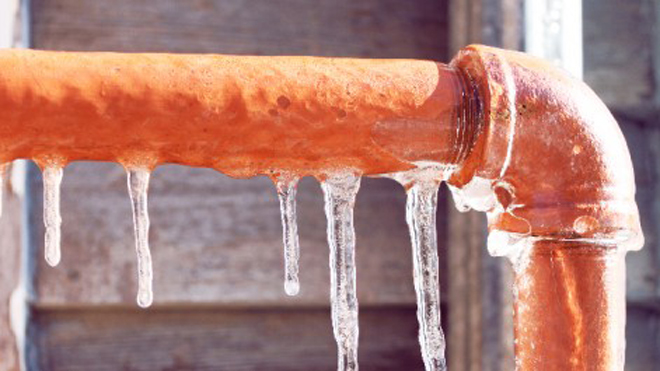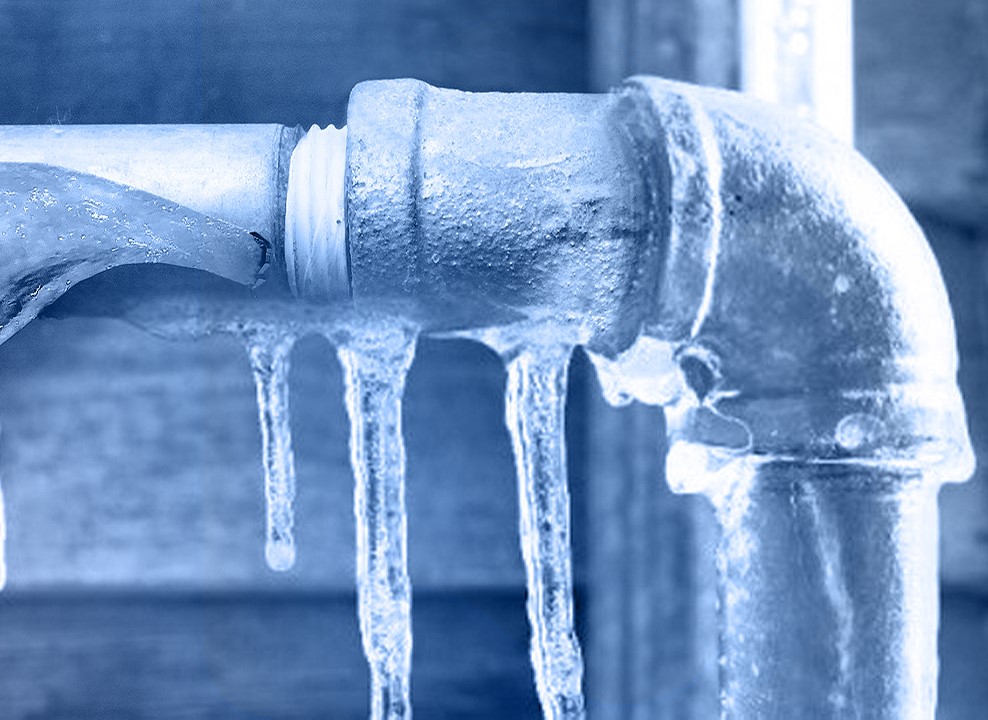Tips to Prevent Frozen Plumbing in Cold Weather: Pro Advice
Tips to Prevent Frozen Plumbing in Cold Weather: Pro Advice
Blog Article
They are making a number of great points on How To Avoid Freezing Pipes in general in this article below.

Cold weather can wreak havoc on your plumbing, particularly by freezing pipelines. Below's how to prevent it from taking place and what to do if it does.
Intro
As temperatures drop, the threat of icy pipes increases, possibly causing expensive repair work and water damages. Recognizing just how to prevent frozen pipelines is crucial for house owners in cold climates.
Comprehending Frozen Pipes
What causes pipelines to ice up?
Pipelines freeze when exposed to temperature levels listed below 32 ° F (0 ° C) for expanded durations. As water inside the pipes ices up, it broadens, putting pressure on the pipeline wall surfaces and potentially creating them to rupture.
Threats and damages
Icy pipelines can result in water supply disturbances, residential property damage, and costly repairs. Ruptured pipelines can flooding homes and cause considerable structural damage.
Indicators of Frozen Pipeline
Determining icy pipes early can avoid them from breaking.
How to recognize frozen pipes
Try to find lowered water circulation from faucets, unusual odors or noises from pipes, and visible frost on revealed pipelines.
Avoidance Tips
Protecting susceptible pipes
Cover pipelines in insulation sleeves or utilize heat tape to protect them from freezing temperature levels. Concentrate on pipelines in unheated or outside areas of the home.
Home heating methods
Keep indoor areas sufficiently heated, specifically areas with pipes. Open cupboard doors to allow cozy air to distribute around pipelines under sinks.
Protecting Outdoor Plumbing
Yard hoses and outdoor faucets
Detach and drain yard pipes prior to winter months. Install frost-proof faucets or cover outdoor taps with shielded caps.
What to Do If Your Pipes Freeze
Immediate activities to take
If you think frozen pipes, keep taps open up to alleviate stress as the ice thaws. Use a hairdryer or towels taken in hot water to thaw pipelines slowly.
Long-Term Solutions
Architectural modifications
Think about rerouting pipelines away from exterior walls or unheated locations. Add additional insulation to attics, basements, and crawl spaces.
Upgrading insulation
Buy high-grade insulation for pipes, attics, and wall surfaces. Proper insulation helps preserve regular temperatures and decreases the risk of frozen pipes.
Verdict
Preventing icy pipes requires positive procedures and fast feedbacks. By understanding the causes, signs, and safety nets, home owners can safeguard their plumbing throughout winter.
5 Ways to Prevent Frozen Pipes
Drain Outdoor Faucets and Disconnect Hoses
First, close the shut-off valve that controls the flow of water in the pipe to your outdoor faucet. Then, head outside to disconnect and drain your hose and open the outdoor faucet to allow the water to completely drain out of the line. Turn off the faucet when done. Finally, head back to the shut-off valve and drain the remaining water inside the pipe into a bucket or container. Additionally, if you have a home irrigation system, you should consider hiring an expert to clear the system of water each year.
Insulate Pipes
One of the best and most cost-effective methods for preventing frozen water pipes is to wrap your pipes with insulation. This is especially important for areas in your home that aren’t exposed to heat, such as an attic. We suggest using foam sleeves, which can typically be found at your local hardware store.
Keep Heat Running at 65
Your pipes are located inside your walls, and the temperature there is much colder than the rest of the house. To prevent your pipes from freezing, The Insurance Information Institute suggests that you keep your home heated to at least 65 degrees, even when traveling. You may want to invest in smart devices that can keep an eye on the temperature in your home while you’re away.
Leave Water Dripping
Moving water — even a small trickle — can prevent ice from forming inside your pipes. When freezing temps are imminent, start a drip of water from all faucets that serve exposed pipes. Leaving a few faucets running will also help relieve pressure inside the pipes and help prevent a rupture if the water inside freezes.
Open Cupboard Doors
Warm your kitchen and bathroom pipes by opening cupboards and vanities. You should also leave your interior doors ajar to help warm air circulate evenly throughout your home.

I came across that page on Winter Plumbing Precautions: Preventing Frozen Pipes when perusing the web. Sharing is caring. You never know, you might be doing someone a favor. We cherish reading our article about Preventing and dealing with frozen pipes.
Services Report this page